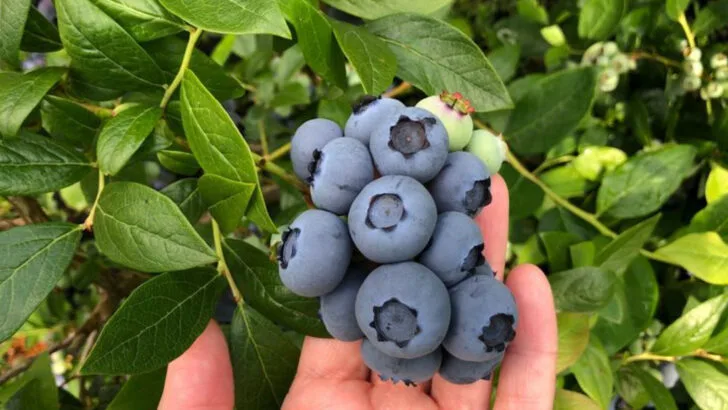We’ve all seen them—those little plant tags or seed packets that come with strict instructions: full sun, space 12 inches apart, plant after last frost. As a new gardener, I followed them like gospel. But over the years, I started experimenting—bending the rules, planting “too early,” or placing a so-called shade plant in full sun. And to my surprise, some of my best results came when I ignored the label.
The truth is, gardening advice is often written for the average condition, but real gardens are anything but average. From microclimates to soil quirks to simply observing what the plants themselves prefer, I learned to trust my instincts more than the packaging. And many times, that leap of faith led to healthier plants, bigger harvests, and fewer problems.
In this article, I’m sharing 15 times I broke the label rules—and what happened instead. Whether you’re growing in an urban balcony, a windy hillside, or a shady corner, these stories might inspire you to test the limits and find what really works in your unique garden space.
Planting Tomatoes in Shade
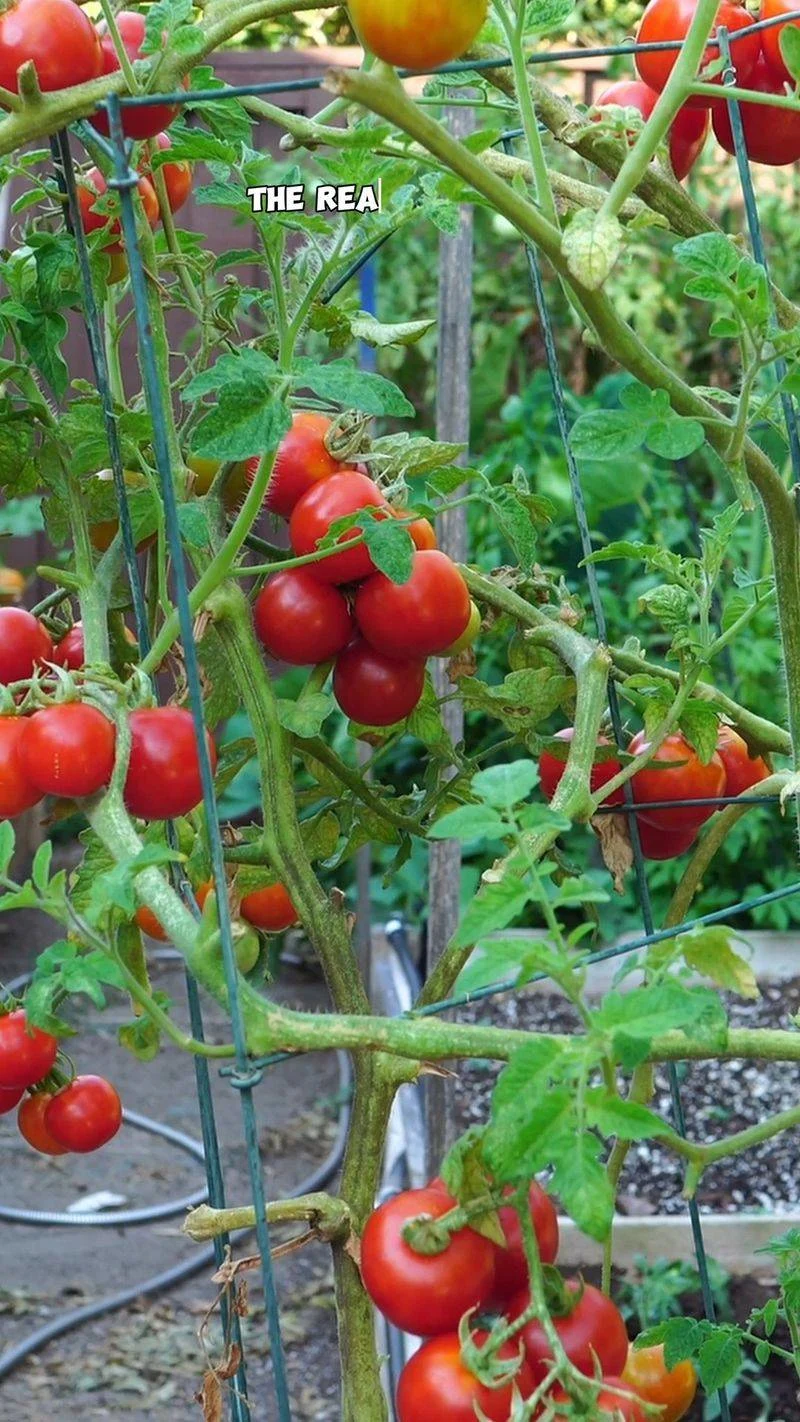
Gardening wisdom often dictates that tomatoes need full sun. But, planting them in partial shade can sometimes prevent issues like sunscald, especially during peak summer. Providing a cooler environment can lead to fewer pests and diseases, surprisingly resulting in healthier plants.
A gardener once shared how their tomato yield increased significantly by allowing morning sun and afternoon shade. This unexpected adjustment not only improved the fruit quality but also extended the harvest season.
Experimenting with light exposure can redefine your tomato-growing success, proving that sometimes, labels aren’t the final word.
Watering Cacti Frequently
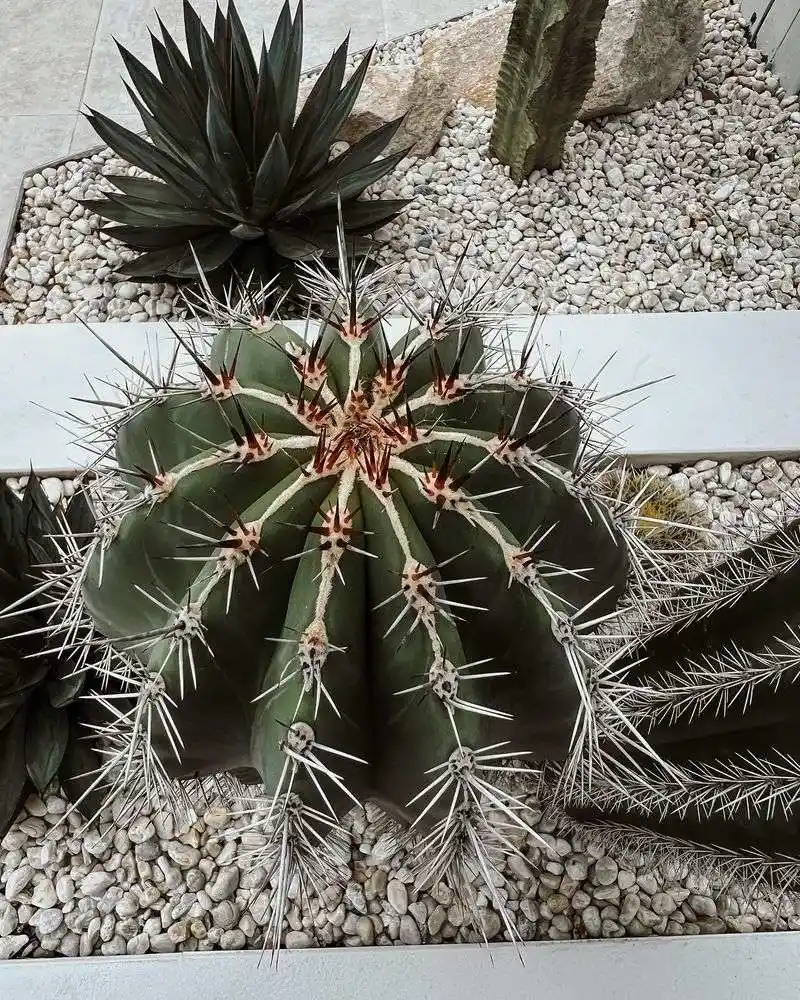
Conventional advice warns against frequent watering of cacti. Yet, in controlled indoor environments, slightly more water can encourage growth and vibrant color.
One plant enthusiast found that a weekly watering schedule, rather than monthly, resulted in a more robust and visually appealing cactus. By adjusting the watering routine, the plant flourished despite the usual recommendations.
This approach challenges the typical dry-soil rule and can yield impressive results, especially for those looking to maintain cacti indoors where conditions differ from their natural habitat.
Ignoring Soil Acidity for Blueberries
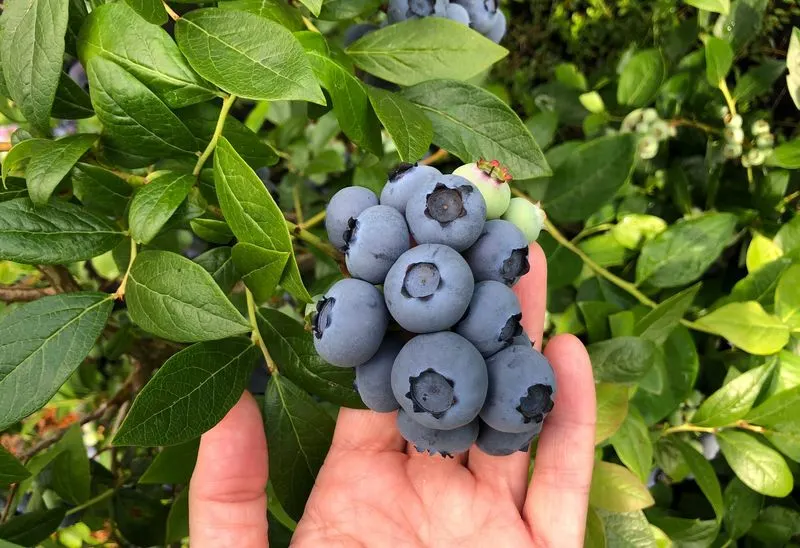
The mantra for blueberries is acidic soil. However, experimenting with neutral pH can sometimes lead to unexpected growth. A gardener discovered that their blueberry plants thrived in less acidic conditions, producing sweet, abundant fruits.
This deviation from the norm led to a robust harvest, suggesting that blueberries might not be as fussy about soil acidity as traditionally thought.
By testing soil variables, you might find your blueberries flourishing without adhering strictly to acidity guidelines. It’s a reminder that sometimes nature defies gardening norms.
Mixing Compost with Sand
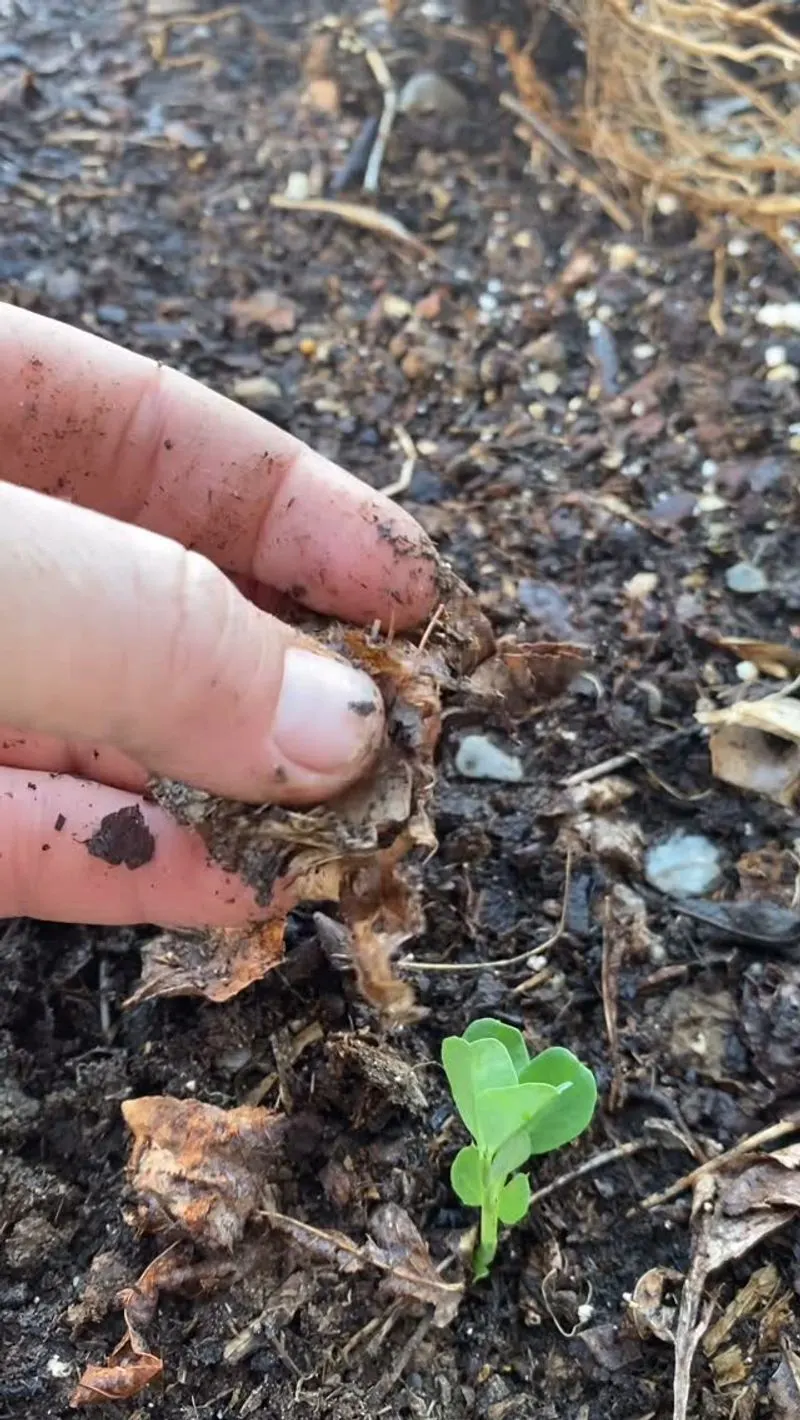
Traditional gardening often advises against mixing sand with compost. Yet, this combination can improve drainage and soil structure, benefiting certain plants. One gardener reported enhanced root development in their succulents by blending sand with compost.
This unconventional method provided a balance of nutrients and drainage, proving beneficial for plants prone to root rot in dense soils.
The experience underscores the importance of tailoring soil mixtures to meet the specific needs of different plant types, sometimes going against standard practices to achieve optimal results.
Growing Orchids in Full Sun
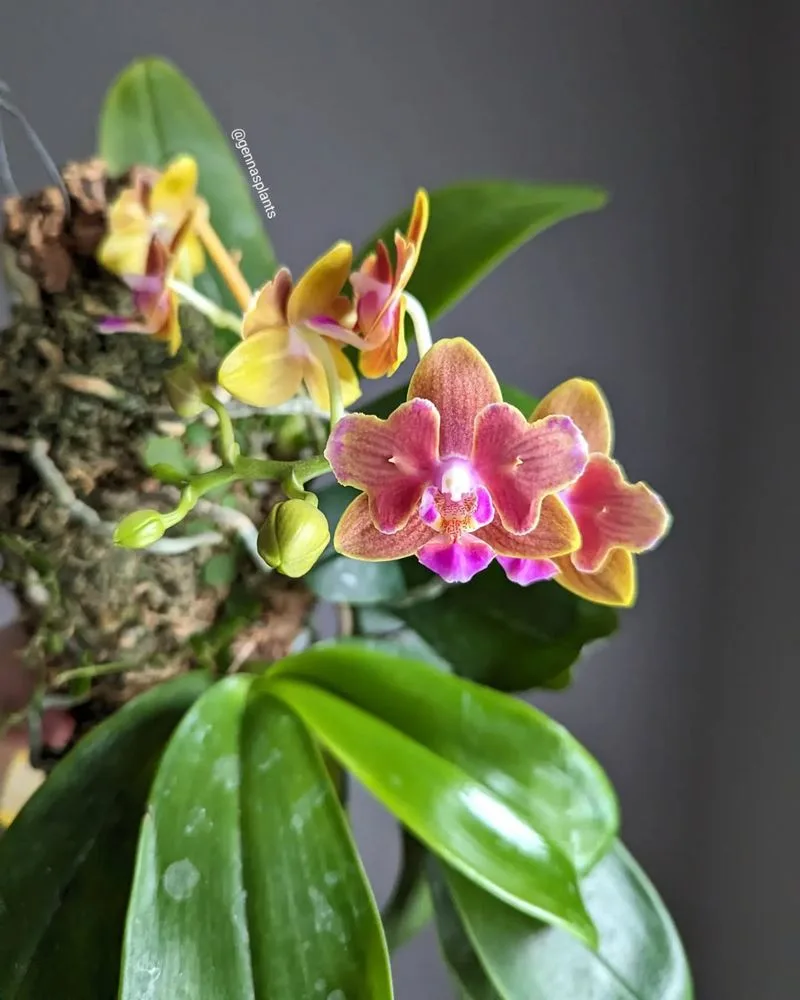
Orchids are known for their love of indirect light, yet some enthusiasts have found success by exposing them to full sun for short periods. This exposure can enhance flower production and vibrancy.
A gardener surprised their peers by showcasing orchids with richer colors and more blooms, achieved through controlled sun exposure. This practice, though unorthodox, can yield stunning results when carefully managed.
Revisiting lighting conditions can be a worthwhile experiment, demonstrating that orchids might tolerate more sunlight than traditionally believed.
Planting Peppers Early
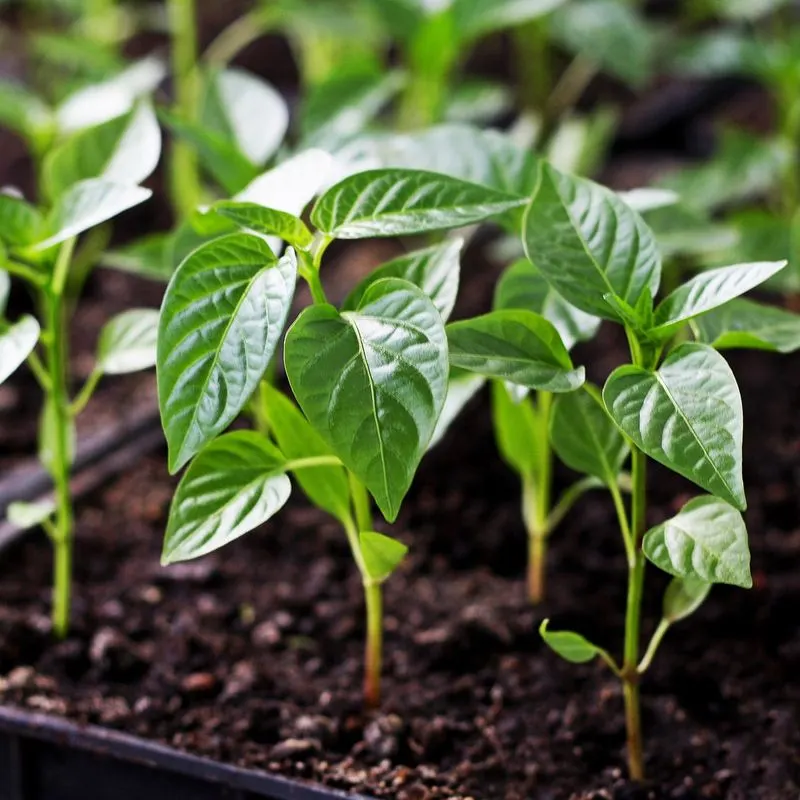
Peppers are often planted after the last frost, but starting them early can be advantageous. A gardener discovered that planting in late winter led to an early and prolonged harvest season.
The risk of frost was mitigated with protective covers, allowing the plants to establish roots before competitors even hit the soil. This strategy led to a more robust crop with increased yields.
Timing adjustments can defy expectations, proving that sometimes, pushing seasonal boundaries can reward gardeners with bountiful produce.
Overcrowding Carrots
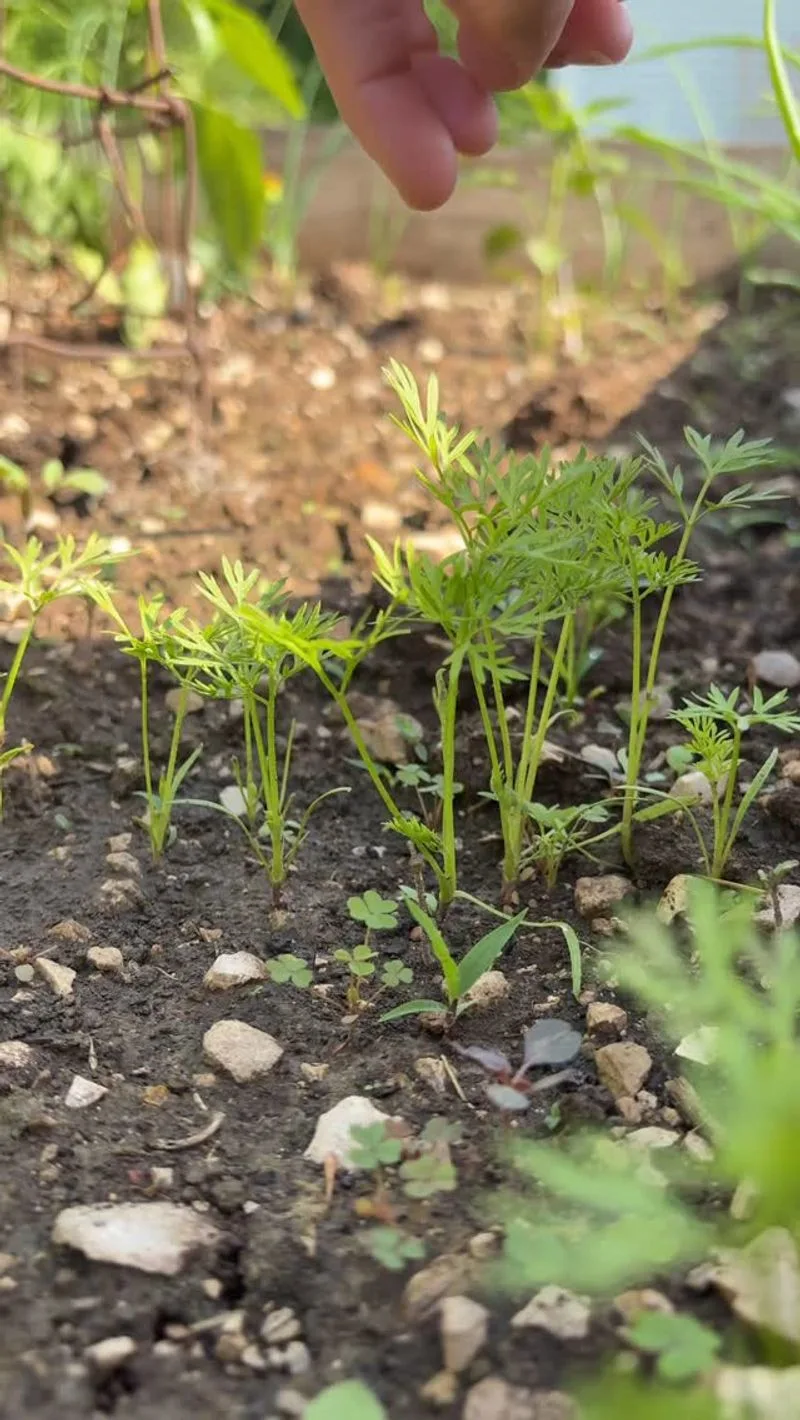
Carrots typically require ample space to grow properly, yet some gardeners have found that slight overcrowding can lead to better results. The competition among roots forces them to grow more vigorously rather than languish.
This method was discovered when a gardener unintentionally sowed seeds too close, only to find that their carrots were larger and tasted sweeter.
Such experiences challenge traditional spacing guidelines, suggesting that sometimes, crowding can foster competition and yield unexpected growth.
Skipping Mulch for Roses
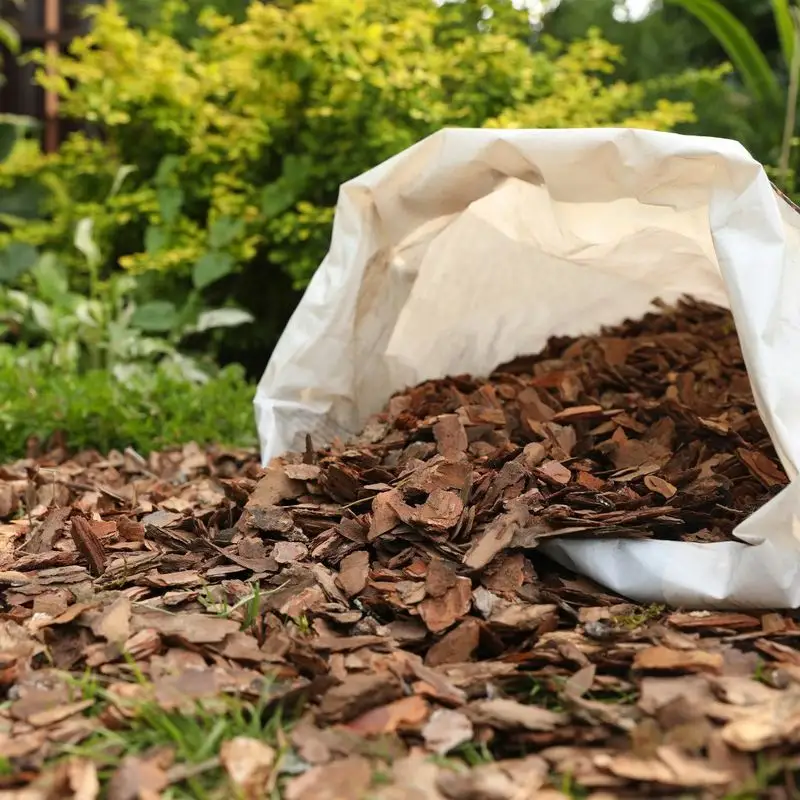
Roses are often mulched to conserve moisture and suppress weeds, yet skipping this step can sometimes prove beneficial. One gardener noticed fewer disease issues and richer blooms by forgoing mulch around their rose bushes.
This approach allowed better air circulation and reduced humidity, creating a less hospitable environment for pests and diseases.
It’s a reminder that sometimes, less conventional methods can work just as well, if not better, than standard practices in managing plant health.
Pruning Hydrangeas in Winter
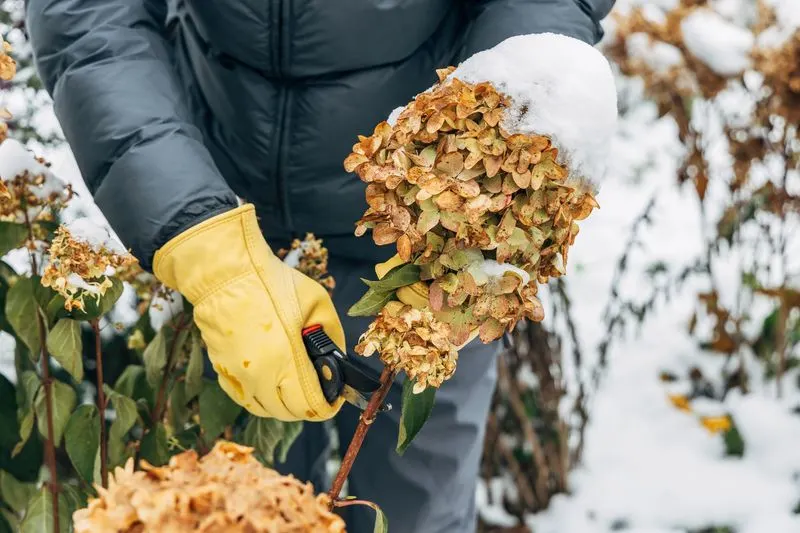
Hydrangeas are typically pruned in spring or summer, but winter pruning has yielded unexpected benefits. The dormant season allows for shaping without stressing the plant, resulting in vigorous growth come spring.
A gardening friend shared how their hydrangeas flourished following winter pruning, with fuller blooms and healthier branches.
This practice challenges the conventional timing, suggesting that winter care can sometimes be as effective, if not more so, than the advised seasons for pruning.
Growing Basil Indoors Year-Round
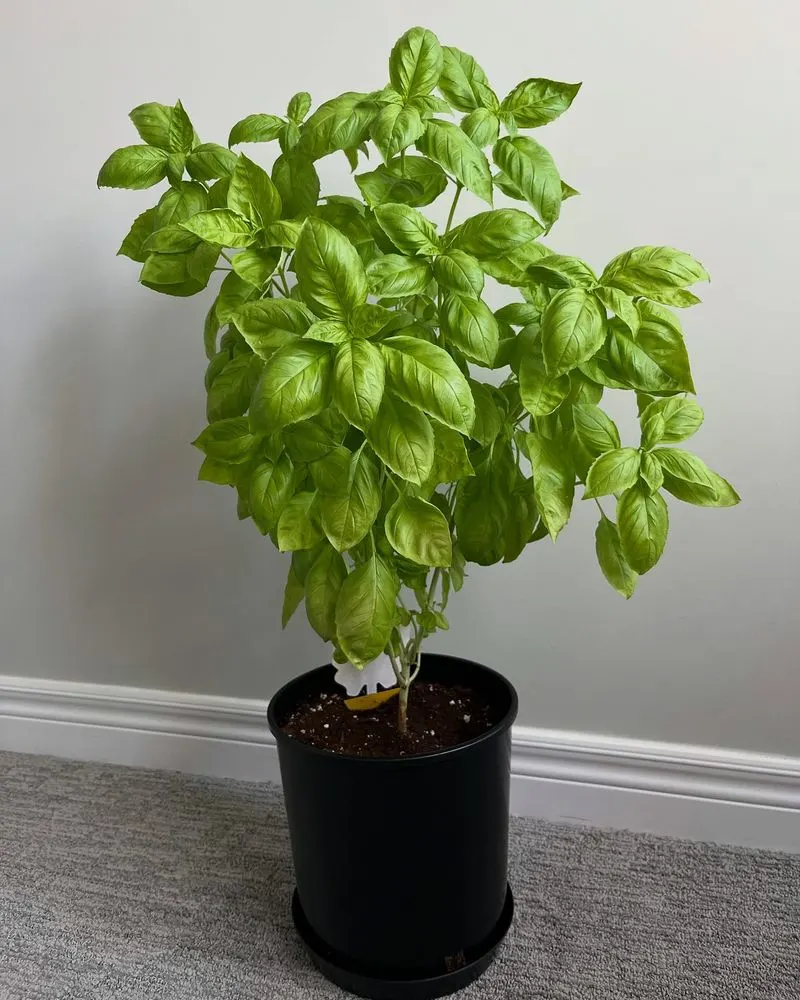
Basil is often grown outdoors in warm weather, but keeping it indoors year-round can produce continuous harvests. By providing consistent light and warmth indoors, a home cook enjoyed fresh basil throughout the colder months.
This practice defies the seasonal limitations of basil, offering an aromatic supply whenever needed. The plants thrived next to a sunny window, benefiting from the stable indoor climate.
Indoor cultivation of basil exemplifies how breaking free from traditional seasonal expectations can result in a perpetual supply of fresh herbs.
Using Coffee Grounds on Ferns
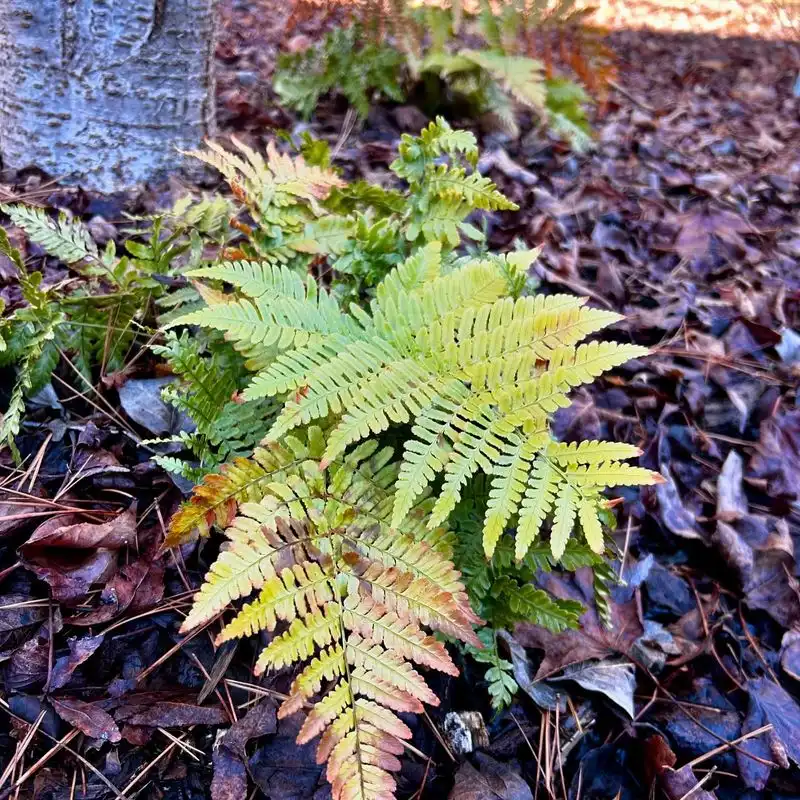
Coffee grounds are typically used for acid-loving plants, but ferns have shown surprising growth with this addition. One gardener sprinkled coffee grounds around their ferns, noticing enhanced green foliage and robust growth.
The nitrogen in coffee grounds provided a nutrient boost, challenging the assumption that only certain plants benefit from this treatment.
This experiment highlights the potential of repurposing kitchen waste for unexpected gardening success, showing that sometimes the rules can be creatively bent.
Planting Garlic in Containers
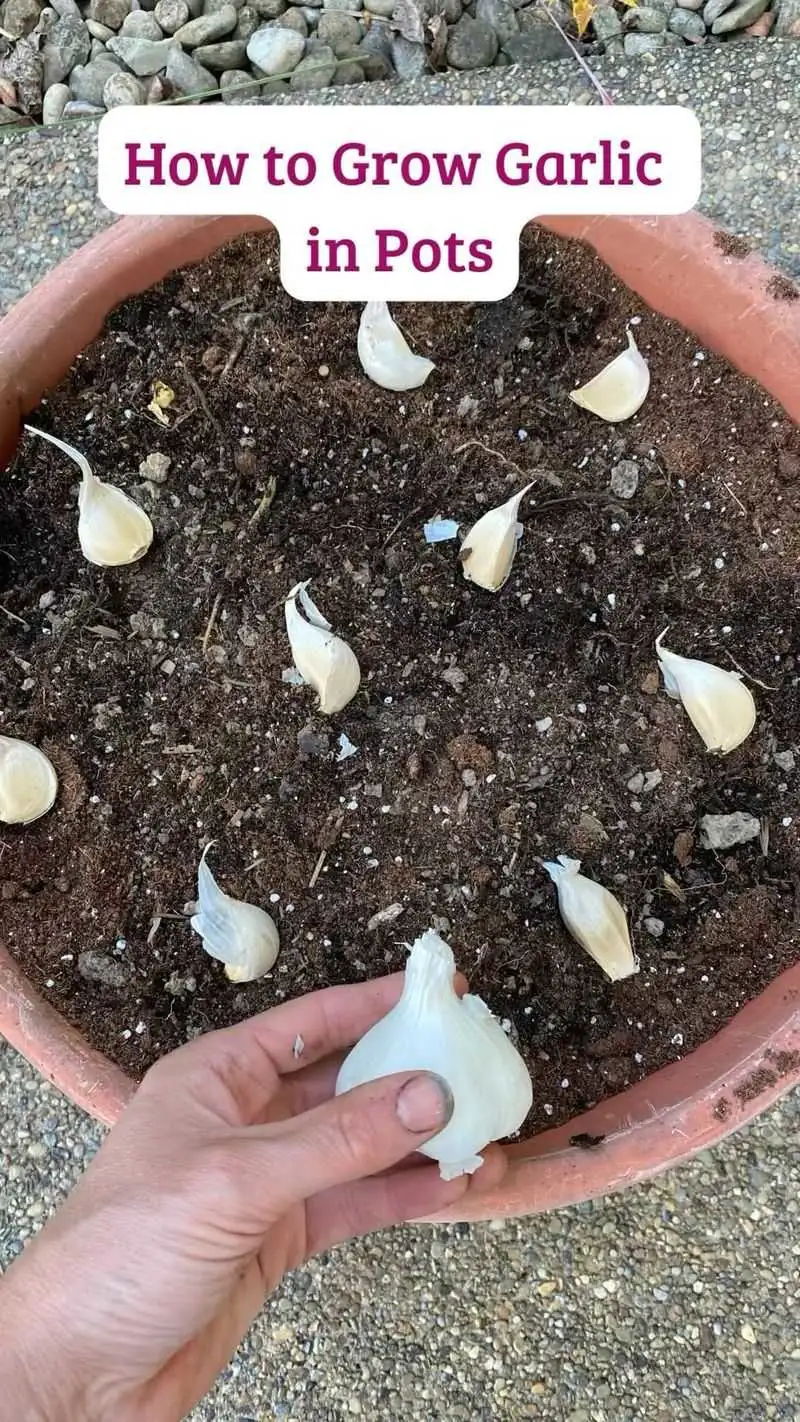
Garlic is typically planted in beds, yet container gardening can offer excellent results. A gardener on limited space found success growing garlic in pots, resulting in a plentiful harvest.
This method allowed for better control over soil quality and moisture levels, ensuring optimal growth conditions. The flexibility of containers enabled garlic cultivation even in urban environments.
Such innovative planting strategies defy traditional bed planting, demonstrating how space constraints can be creatively overcome for a thriving garden.
Letting Weeds Coexist with Flowers
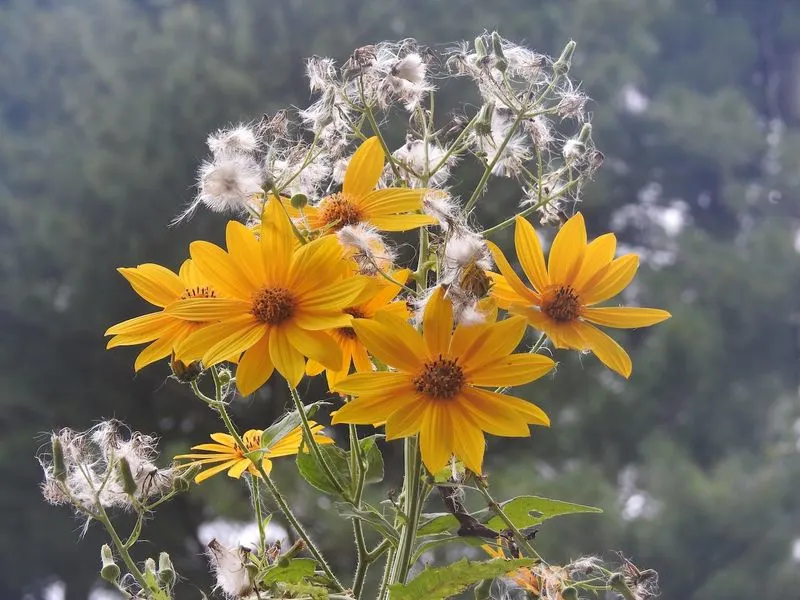
Weeds are usually removed to prevent competition, yet allowing them to coexist with flowers can sometimes be beneficial. A gardener observed that certain weeds attracted pollinators, enhancing flower reproduction.
This unexpected synergy allowed the garden to thrive, suggesting that some weeds might play a supportive role rather than an antagonistic one.
The experience invites a rethinking of conventional weeding practices, highlighting how a more relaxed approach can foster a vibrant and dynamic garden ecosystem.
Using Soda Bottles as Slow Drip Irrigation
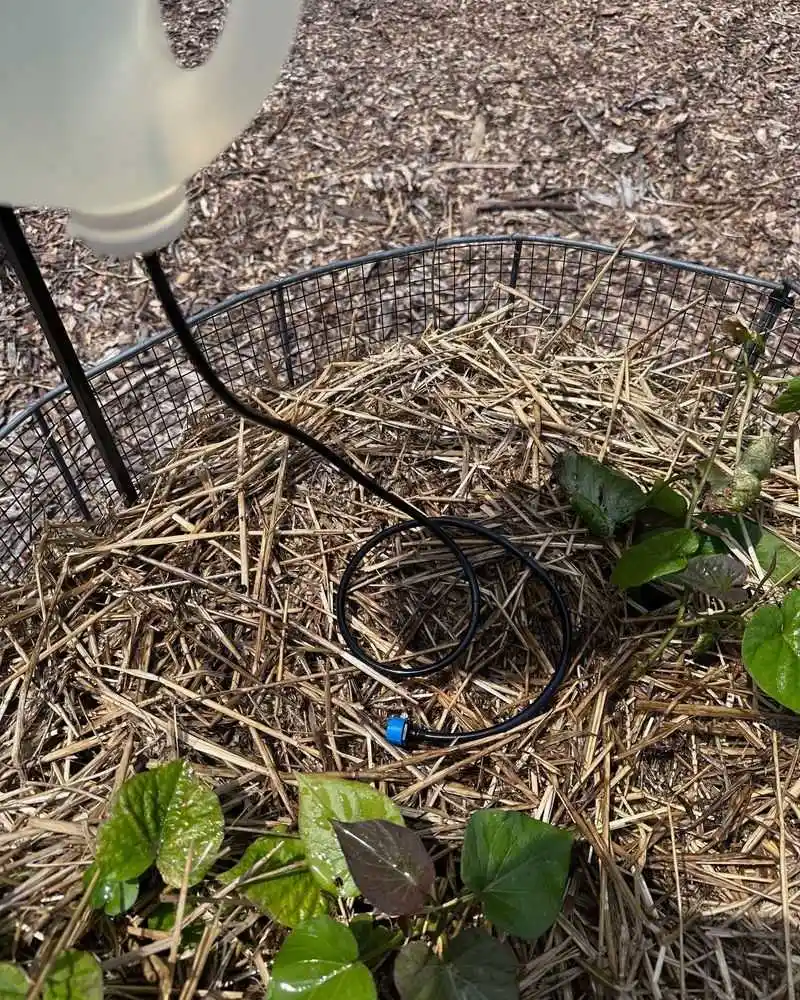
Traditional irrigation systems can be costly, but repurposing soda bottles offers an affordable solution. By creating slow-drip systems from plastic bottles, a gardener ensured consistent moisture for their plants.
This method provided an efficient way to water gardens during dry spells without investing in expensive equipment. The plants benefited from the steady hydration, thriving even in challenging conditions.
Such ingenuity challenges typical irrigation methods, demonstrating how simple, cost-effective solutions can meet gardening needs effectively.
Growing Strawberries Under Trees

Strawberries are traditionally grown in sunny plots, yet planting them under trees can yield surprising results. A gardener found that the dappled sunlight and cooler microclimate under trees prolonged the fruiting period.
The additional shade reduced stress on the plants, resulting in juicy and flavorful strawberries. This approach adds a new dimension to strawberry cultivation, defying conventional sun-loving expectations.
Gardeners may find that experimenting with light and shade can produce a bountiful strawberry harvest where least expected.

